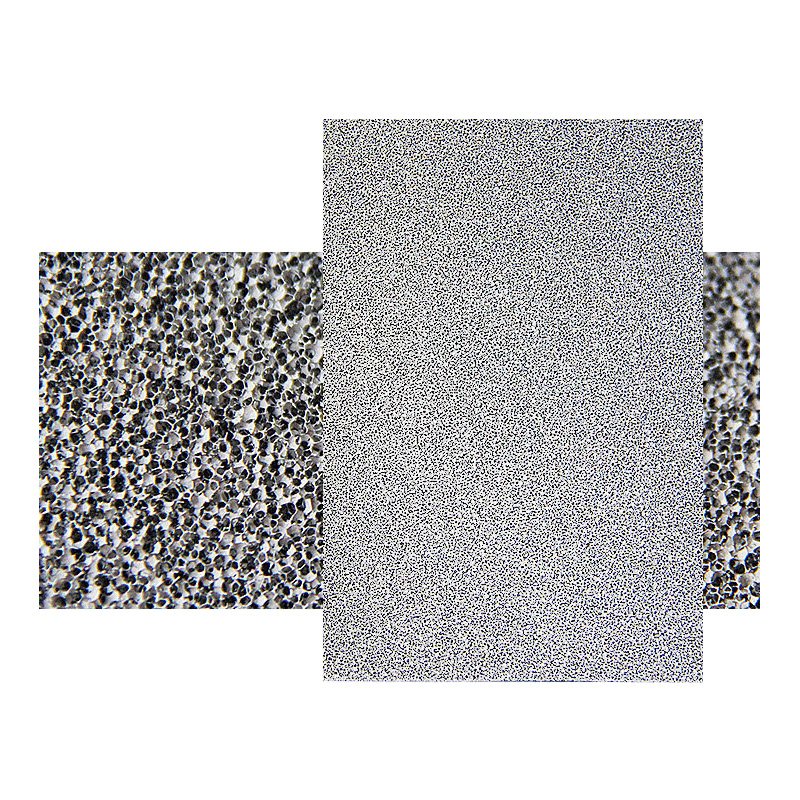Cold Catalyst Filters
The term "cold" catalyst refers to the fact that the chemical reaction occurs at room temperature, avoiding the need for high temperatures or ultraviolet typically associated with other catalytic processes.
Cold catalyst filters are used to remove harmful gases and pollutants from the air through a process known as cold catalysis. Unlike traditional filters that rely on physical barriers to capture particles, cold catalyst filters utilize a chemical reaction to break down and convert pollutants into less harmful substances.
Cold catalyst filters operate on the principle of catalysis, a chemical process where a substance (the catalyst) facilitates a reaction between two or more other substances without being consumed in the process. The catalyst in the filter promotes oxidation reactions, breaking down these pollutants into harmless byproducts like water vapor and carbon dioxide.
Cold catalyst filters are effective in removing a wide range of pollutants, including volatile organic compounds (VOCs), formaldehyde, benzene, ammonia, and various other harmful gases.
The filters can effectively neutralize and eliminate unpleasant odors caused by various sources, such as cooking, pets, or tobacco smoke. While not specifically designed for particulate matter, some cold catalyst filters may also have a positive impact on certain airborne allergens. Applications:
Cold catalyst filters find applications in various settings, including homes, offices, healthcare facilities, and industrial spaces. They can be integrated into HVAC systems or used as standalone air purifiers.
These filters generally have a longer lifespan compared to traditional filters, as they are not physically capturing and accumulating particles. Regular maintenance may involve cleaning the filter surface to ensure optimal catalytic activity.



